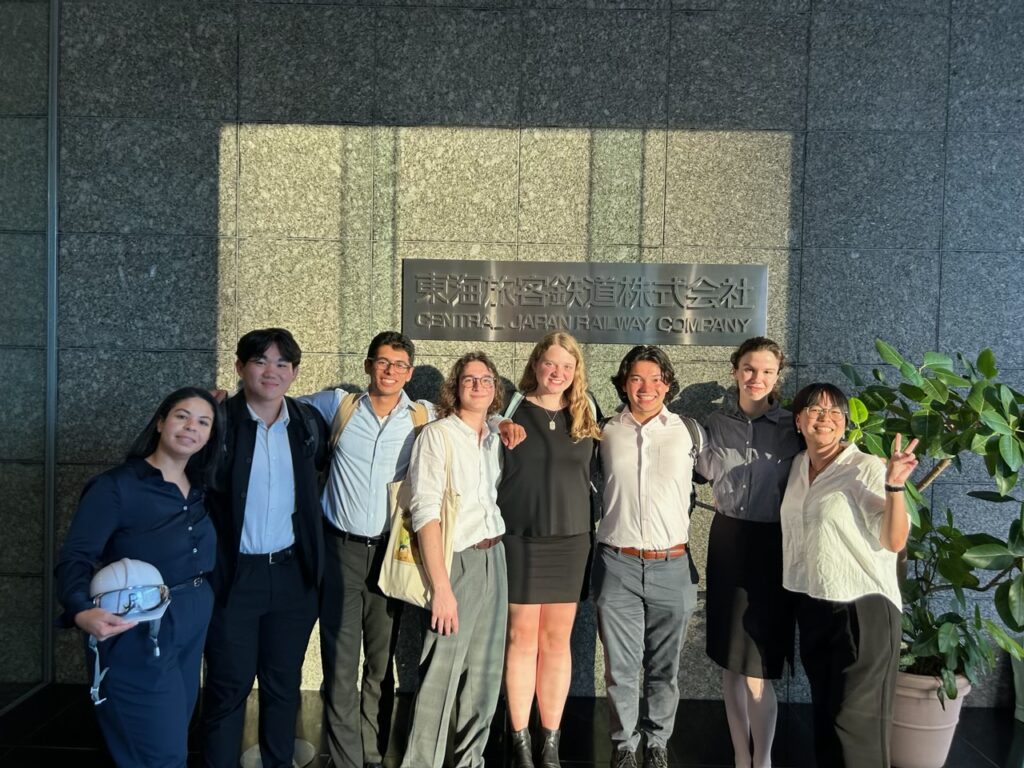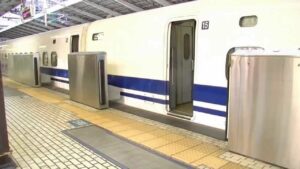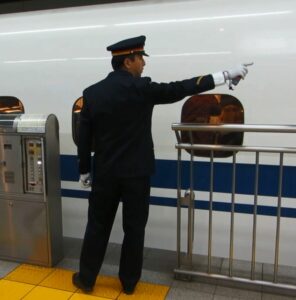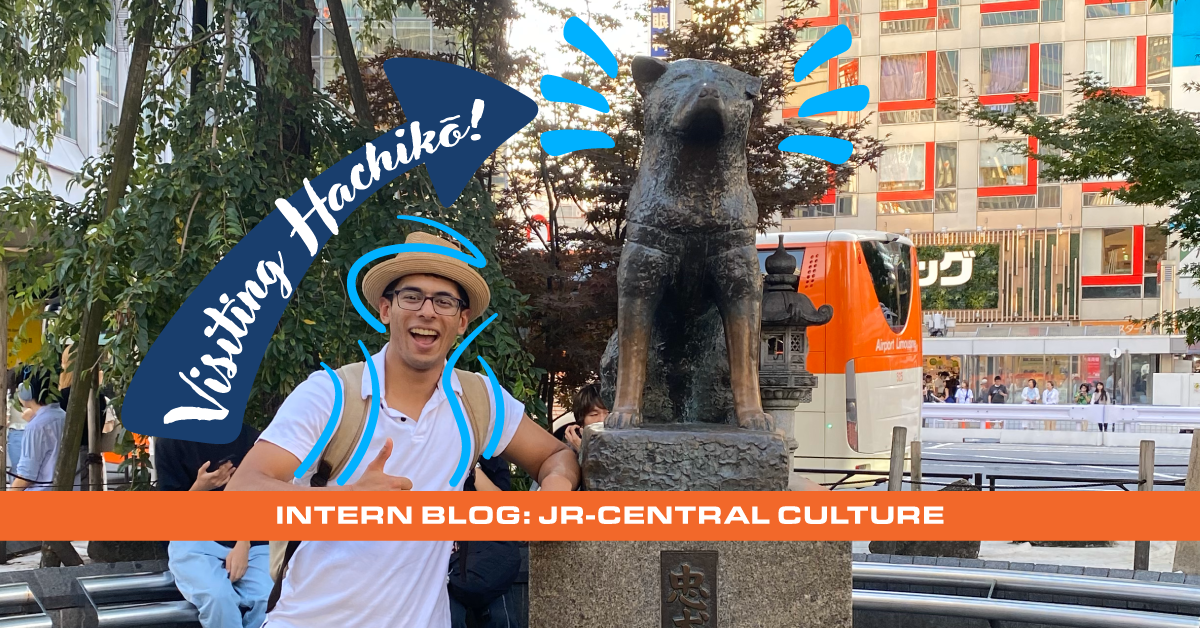
This summer, I had the amazing opportunity to pursue a joint internship between Northeast Maglev and Central Japan Railway (JR-Central). After spending the initial week in Northeast Maglev’s Baltimore office, I took a flight to Japan for a two-week immersive program with JR-Central where we got to visit Rolling Stock Maintenance centers, Conductor and Driver Depots, R&D Centers, General Control Centers, and Magnetic Levitation (MAGLEV) construction sites. From my experience, this program had two important takeaways: one, the meticulousness of JR-Central operations, and, two, the spirit of Japan manifesting within the company.
To touch on the former, the first thing you notice when you go to Japan are the clean streets, prompt service, polite etiquette from pedestrians and employees alike, and the general respect for the country’s infrastructure and culture. Perhaps the best example of these aspects of Japan intersecting is in JR-Central’s approach to operating their train system. Navigation is made easy through signs in both English and Japanese, announcements are made in several languages, staff are located at every corner to direct passengers, and trains are never off-schedule.

During our first week of the internship, we visited JR-Central’s General Education Center in Shizuoka Prefecture. The center is where all new JR-Central employees are sent for a two to three-month intensive training program. They live in dorms, have meals, and spend their days enmeshing themselves with the company’s dedication to service and efficiency. At one point we were brought to the “Black Room” which was a training room where all employees learnt about past dangerous incidents in the Railway industry in Japan; the room was purposefully fully black to create a memorable lecture that ingrains the importance of safety to new staff. These behind-the-scenes experiences provided significant context to how the company staff can be so incredibly effective.

During our second week, we visited the Hamamatsu Workshop, the backbone of the Tokaido Shinkansen System, the main route linking Tokyo to Shin-Osaka. At this facility, they conduct inspections, repairs, and overhauls of rolling stock for the Tokaido Shinkansen. Several things stood out at this workshop, including the meticulousness of the inspection process, covering everything from fully dismantling and reassembling bogies, adjusting cabin doors, body polishing, and AC units. This attention to detail helped complete the picture as to why the railway system is so effective, comfortable, and enjoyable. Also, the staff at Hamamatsu Workshop strategize on how to adapt the Shinkansen based on shifts in customer experience, such as replacing the current smoking booth with a business both as smoking rates have been decreasing in the nation.
There are several more examples that substantiate the company’s service, such as the lifetime employment building company loyalty and comprehensive company understanding, or the road-call systems by conductors and drivers being comprehensively checked by both managers and colleagues. Yet, there seemed to be something even greater driving the company’s success, this being the second take away from my trip: the spirit of Japan manifesting within the company.
What was a particularly eye-opening aspect of Japanese culture was their affinity for spirits and personification, such as that of Fuji San (Mt. Fuji). Before I had even landed in Japan, I was sitting on my flight next to a man who said that intrastate flights would have the entire left aisle booked because people would be desperate to see Fuji San from above. I would continue to see the love for this mountain persist in the entertainment in cities, branding by food and beverage companies, and most of all the general sentiment by the public. However, this affinity for spirits and personification extended beyond public spheres.

JR-Central has brought this Japanese Spirit into their organization particularly through their endorsement of character culture, a love for fictional personalities that popularize through merchandising. An example of this is Dr. Yellow, the yellow Shinkansen maintenance vehicle that inspects tracks for safety. There has been a personification of the train through marketing and general public sentiment, and seeing Dr. Yellow is so rare that it is considered a sign of good luck. This made our sighting of the famous vehicle all the more exciting! Everyone on the track was ecstatically taking pictures with nothing but smiles across their faces. Another example of JR-Central capitalizing on character culture is the creation of the Piyorin character, a baby chicken that is inspired by Nagoya sweets historically using high quality eggs, leading to Piyorin merchandise stores and cafes throughout Nagoya station. Like Dr. Yellow, the company strategically implements aspects of Japanese culture into their railway system to boost engagement and build a genuine personal attachment to the company.

Yet perhaps the most memorable intersection of spirit and train was when returning from Ise Jingu Shrine, a young Japanese boy was sitting next to me. Every time the shinkansen would pass us he would say “でんしゃ!” meaning “Train!” in English. The excitement shone across his face, and it was here that I realized the extent to which trains had become such a dominant and characterized aspect of Japanese society. JR-Central has done an amazing job at ingraining the beautiful spirit of Japan into its organization.
So, what does this mean for America?

Well, albeit true that America’s transit systems do not compare to that of Japan’s, there are still aspects of American culture that can influence such. A final aspect of JR-Central, and perhaps the most interesting, was the “shisa kanko” (“point and call”) system entrenched into several operational aspects of the railways. For example, conductors point to lights and closing doors when making a stop, calling よし “Yoshi” (“good”) to signify the absence of safety concerns.
Yet, what surprised me most about this system was that it was originally proposed by an American Soldier after WW2, making it an inherently Western concept. Similarly, the original concept for a maglev train was developed by American inventor George Danby. The fact that Western ideals were able to manifest itself as the core to such successful infrastructure and service in Japan, yet has not manifested at all in the U.S., alludes to the bigger picture: the forward-thinking culture in America and meticulous organizational structure in Japan must be pulled together for this project to work. The current partnership between JR-Central and Northeast Maglev is an incredible opportunity to capitalize on the demand for transportation improvements by bringing HSR to America, and I am proud to advocate for that movement!
During this internship, I attained robust industry knowledge, participated in intercultural professional dialogue, made lifelong friends, and felt the spirit of Japan in both society and at JR-Central. Did my Japanese improve? Eh, maybe not. But did I learn a lot about trains? Yes, yes I did.
